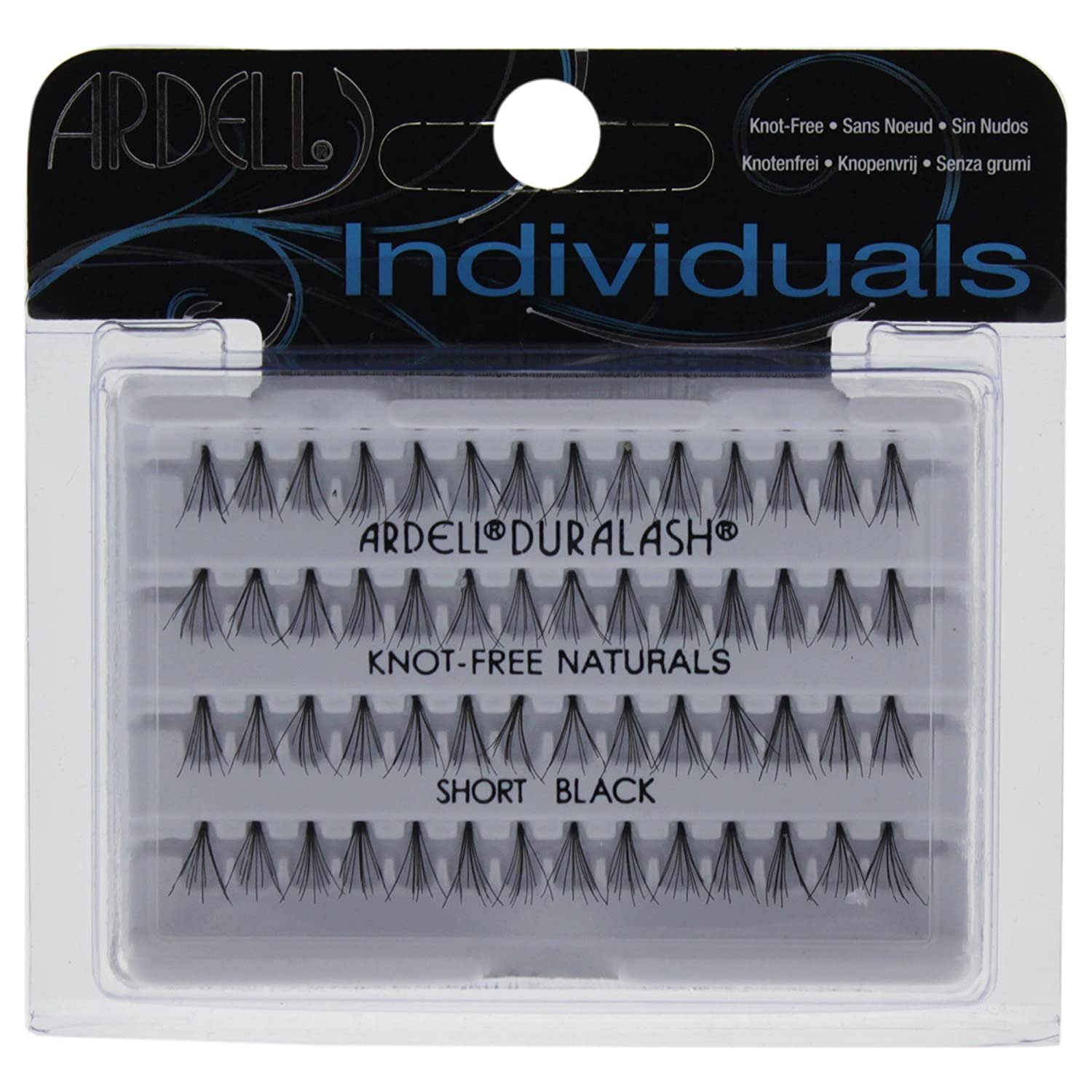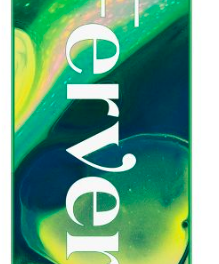
A friend of mine used to say, “Why do today what can easily be put off until tomorrow?” Downsizing a substantial photo collection can definitely be one of those things that can easily get started tomorrow, or the day after.
But let’s face it, the job will never get done that way, and your
digital photo collection will continue to grow while your photo albums and old
prints will continue to collect dust and become more fragile.
So, what does one do and how does one get started? Sometimes a
seemingly overwhelming project can be made more doable by breaking it down into
manageable bites. Let’s take a look at some ways to think and approach this important
task and hopefully simplify the process.
How to Edit
Editing can be a bad word. For our purposes, however, editing can
simply mean storytelling, because that is what our family photos are, stories.
Most of us will readily agree that the physical act of editing is
not the hard part. It’s going down the memory lane rabbit hole as we weed
through all the old photos of our lives that is.
Doing it with a friend or family member can make it simpler and
more fun, but in the end, I would suggest that you just try to enjoy the ride
and accept that it is an unavoidable part of the process.
Although we are looking to edit down our photo collection,
remember that this is also a great opportunity to identify and keep our favorite
photos.
I believe that it is a lot easier to eliminate the photos we don’t
want to keep when we know we have the ones we do want to keep. These favorites
will really be the photos that tell the stories of your life and that of your family’s.
Scenics
By far, the types of photos I see my clients most like to remove
from their collection are old scenic and landscape pictures.
When we travel, we are often overwhelmed with the beauty of the
location we are visiting, so we snap dozens of shots of majestic vistas, quaint
old towns, and sweeping beaches only to be very underwhelmed by these shots
years later.
They were honestly more fun to take than to look at. Keep a few
but get rid of most of them.
People and Events
Photos of our family and friends are usually the ones we want to hold onto. Back in the day when we shot film, we were likely to take only a few photos of an event or scene, but with our smartphones always poised at the ready, we can easily take dozens – or hundreds – of shots of the same person or event.
We simply don’t need them all, so try to cull it down to the ones
that best tell the story of the day and best exhibit the personalities of the
people.
We all have photos of people we don’t know or don’t remember; really
no need to hold on to most of them. If we don’t know them by now, we probably
don’t care to, so adios to those nameless faces of yesteryear.
Be careful not to blindly get rid of badly composed or blurry
photos. Sometimes that photo may be the only one we have of that person. It may
also be the only shot of a particular event or memory. As poorly taken as it
was, it may still evoke a wonderful feeling when you look at those favorite
faces – so be aware.
Start with Old Prints
Prints are generally kept in two places: photo albums or loose in
boxes. Albums are usually the result of some prior editing so they can serve as
a good place to start. The question then becomes: do you keep them in the
albums or remove them?
The irony here is that, traditionally, we put our favorite prints
into albums to have them accessible to look at. Unfortunately, albums are not
very archivable, and so the prints in them are more susceptible to fading and
brittleness due to oxidation and light.
I would suggest removing photos from the albums unless you see no
indications of deterioration. They can now be placed into archival print boxes
for future safekeeping.
Tackling the loose prints in boxes can be a daunting task, but
once you get into a good rhythm it can progress along nicely.
Although unorganized, those loose prints may actually be in better
condition than the ones in albums. Thus, it can be a good opportunity to see if
there are duplicates of any album prints in poor condition to swap out.
I like to sort by year and/or decade and separate out major events
like weddings and vacations. I like to use index cards to write down info and
dates for each batch of prints of an event or trip. This can be helpful if I
scan them later as I like to enter that info as keywords or folder names for
the digital files.
Digital Files
By now you have hopefully started to develop some ninja editing
skills and are ready for your digital files.
You can use the editing guidelines I set out above, but digital
collections also contain a particularly virulentculprit that fills up our digital libraries sometimes faster than
we can get rid of them.
I’m talking about photos of parking spaces, shopping lists, food
and other subjects we have no need of an hour after we have taken them.
Many of these are things we actually used to write down, but now
take a picture instead, which sucks up even more of the precious storage on our
phone. And really, who wants to see a photo of space P3 next to wonderful photos
of our grandchildren?
You can also edit out screen grabs and any awful selfies you took
(are there non-awful selfies?).
Try to stick to a regimen of editing photos after you take them. It’s
a great way of killing time while waiting in line or at the doctor’s office. Being
productive while you wait can feel pretty good.
One Last Tip
When it comes to prints, I would suggest scanning many of the ones
you are keeping. It’s the only way to really keep them safe and share them with
others. But remember, if there are some prints you are undecisive about, you
can easily scan them and then throw the actual print away; it’s a nice middle
ground.
We are all being overrun by our photo collections, which is a
shame; they should be a source of joy not one more thing to be overwhelmed by.
Get started, one step at a time, and remember that it will be a process not an
event. Good luck.
How often do you edit your photos? Do you have a print collection
in boxes and albums? Have you scanned them to digitize them? What about digital
photos – do you organize them regularly? Please share with our community.





